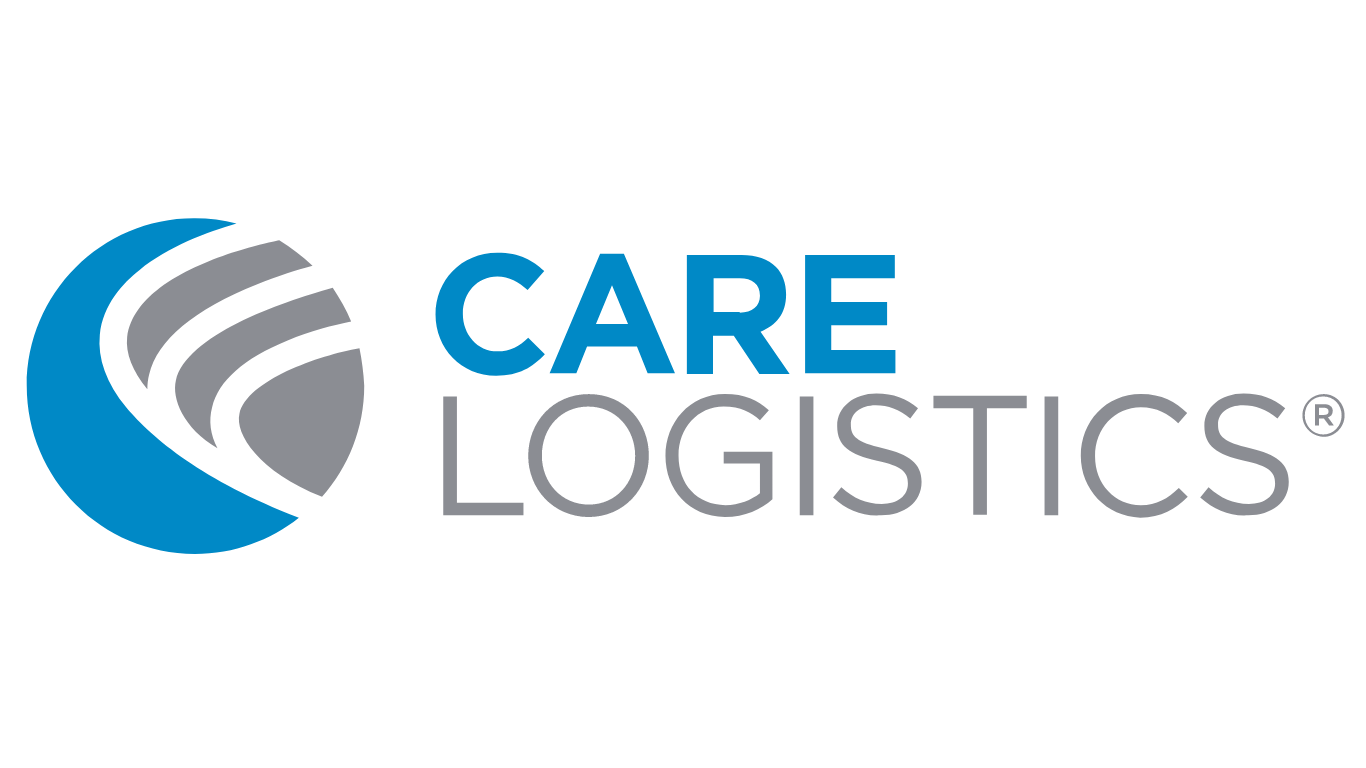Making the Most of Your Hospital Transport
By Justin Allen
With limited resources to dedicate, a hospital's general transport is often overwhelmed with the sheer amount of requests they receive and may not know which transports should be prioritized based on organizational and patient needs.
Implementing handoff processes (e.g. Ticket-to-ride forms) between nursing and transport can help improve throughput, but they are not enough to sufficiently prevent transport delays by themselves. If transport is not managed effectively, delays in patient movement can cause significant capacity issues.
Here are a few tips to help prevent these issues.
Locate Transport in Your Command Center
Establish an Operational Command Center that includes a Transport Dispatcher to coordinate with other centralized roles that can advise what type of transports (Admissions, Services, Unit Transfers, Discharges) should be the priority during peak admission/discharge times.
The real-time information available in the Operational Command Center and the coordination between roles are key to making better, more informed decisions every day.
Know When to Get Help
Determine how and when to communicate that nursing and ancillary staff should move patients in situations when the number of requests is significantly greater than the available Transporters on shift. Nursing and ancillary staff often do not know or have the visibility to see that transport is backed up with requests.
If staff are aware of these situations and are clear on when it is appropriate to help, overall patient throughput, flow, and efficiency can be improved. This kind of communication is most successful when monitoring and communication are managed from the Operational Command Center.
Get Control of Stats
If all requests are entered as stat priority, how can anyone tell what is really the priority? I've even seen organizations with this issue try to solve it by creating another request level of "super stat". It may sound like a good idea in theory, but, over time, super-stat simply becomes the new stat with all the same problems.
The real solution starts with limiting the ability to create stat requests to specific roles or departments. It is also very important to have clear rules across the organization as to what situations warrant the use of stat. Don't use it if it isn't appropriate.
Revisit Service Level Agreements
Hospital Leadership should define service level agreements to outline the type of movement General Transport is expected to perform. Evaluate transport staffing levels to determine if there are enough resources to meet the request volumes. Transport performance using data should be reviewed at least once a year to reassess service level agreements.
By implementing these tips, you can expect to see a decrease in patient movement delays and an improvement with capacity issues.
